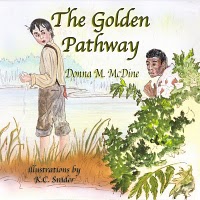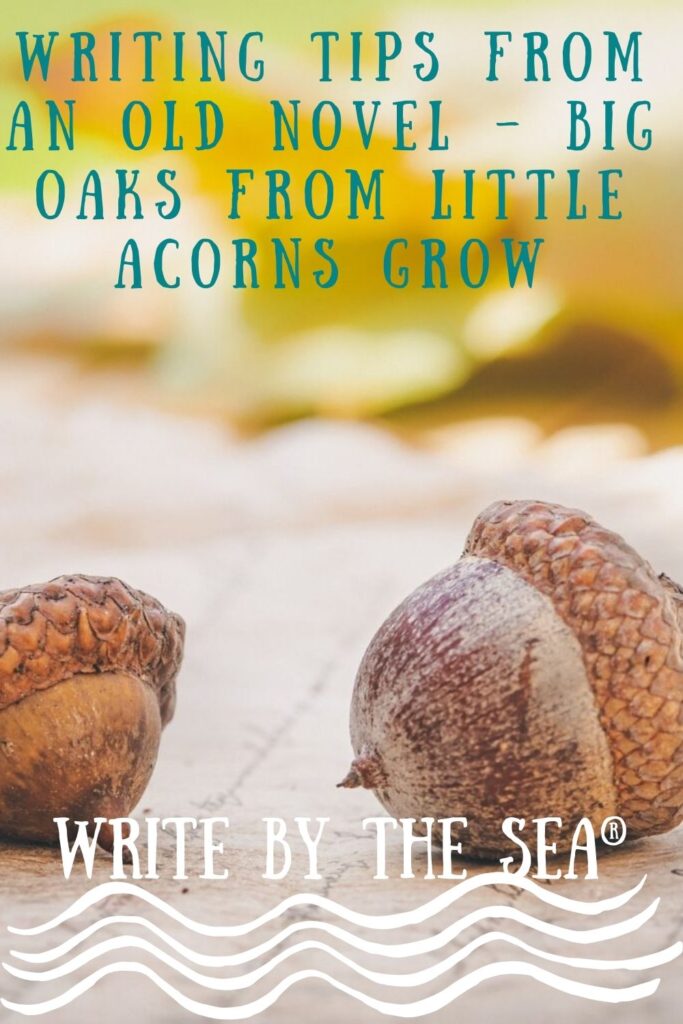Note: Today’s post is for the letter “S” of the Blogging A to z Challenge.
by Amy M. O’Quinn
Picture books come in all different, shapes, sizes and subject matter. Some are funny, and some are sad. Some of fictional, and some are non-fiction. Some tell a sweet story, but others can be used to introduce topics that are somewhat sensitive, yet important for children to know about. Even older children can benefit from the ‘picture book application’ as they learn about subject matter or social/emotional topics that sometimes require a gentler or simpler, more straightforward approach. In fact, picture books are often used as part of “bibliotherapy,” which helps students understand and solve problems through the use of appropriate books.
For example, picture books make an excellent resource to introduce and discuss such topics as the death of a family member or pet, sickness, family problems, handicaps and disabilities, different kinds of abuse, peer pressure, self-esteem, etc. Children respond well to the picture book format because it is familiar to them, and parents and teachers might find it easier to share a topic in story form before attempting a discussion or explanation, as it opens up the opportunity for questions or dialogue.
Picture books can also be used to introduce events throughout history that affected certain groups of people. For example, there are many books about the Underground Railroad, which address the topics of slavery and discrimination. The reality of slavery is harsh, and children need to understand the consequences and injustice of such an institution and how people in the past (and sometimes, even the present) suffered and often died because of the color of their skin. Yet, how can we introduce a topic in such a way that the young children of today can understand? Could a story act as a segue into the subject matter? In many instances, I believe the answer is—yes.
Donna McDine’s book, The Golden Pathway, is an excellent example of a picture book that can introduce children to the harsh realities of slavery and how individuals risked death to escape to freedom or help others who wished to escape their circumstances.
Donna doesn’t sugarcoat the topic of slavery in her book at all; in fact, one of the first scenes deals with the severe beating of a slave named Jenkins. However, she handles the subject matter in such a way children can understand. In addition, her main character David, the son of the slave owner, is a fine example of bravery and kindness, with the kind of qualities to be admired and hopefully emulated.
To give a better idea of the book’s contents, here is a description from the author:
Raised in a hostile environment where abuse occurs daily, David attempts to break the mold and befriends the slave, Jenkins, owned by his Pa. Fighting against extraordinary times and beliefs, David leads Jenkins to freedom with no regard for his own safety and possible consequences dealt out by his Pa.
Suggested age for readers 8-12, The Golden Pathway is an excellent introduction to a sensitive topic, and one that can be used to open the door to discussion and evaluation of a harsh reality in our country’s history. Yet, the picture book format lends itself well to the audience. This approach benefits the student and the teacher, and it is something to consider!
***************
Visit Amy at www.amyoquinn.com.






